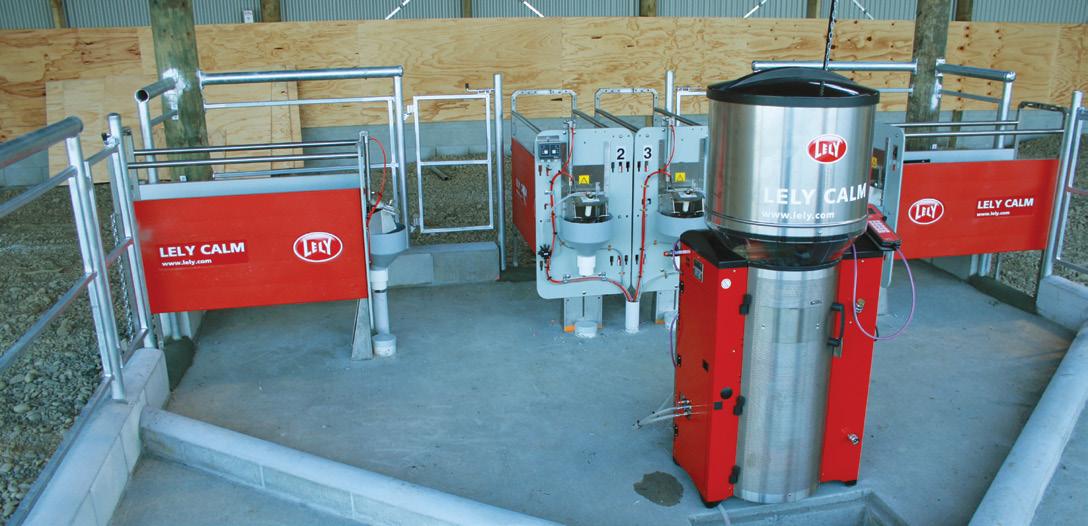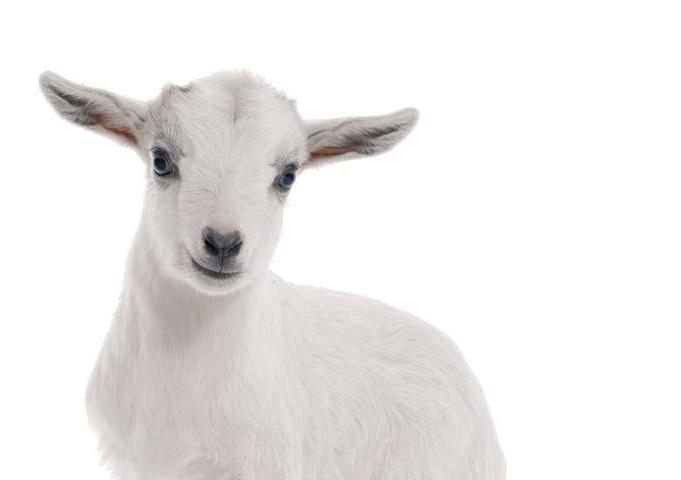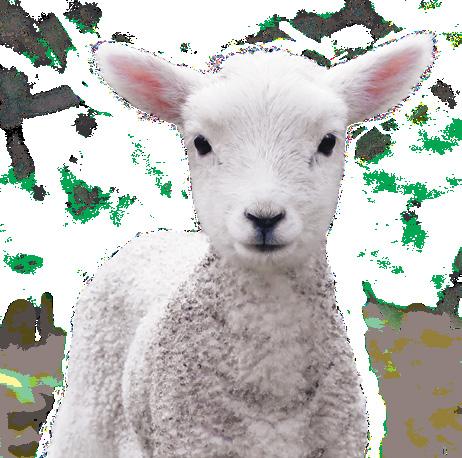
10 minute read
Automating daily calf feeding
Words by: Tim McVeagh
Automation of livestock feeding, while requiring considerable capital investment, should need less labour and be a more efficient and more productive means of getting tucker down the throats of animals. But does automatic feeding stack up for calves? They can be fickle with slow drinkers and crookies.
Rearing young calves requires patience and empathy - attributes that women are often regarded as having more of than men but that machines are not renowned for.
If automatic calf feeding is a goer, what does a good system consist of? What will it do, and how well? And what’s available to dairy farmers and calf rearers?
Automatic calf feeders range from the basic to quite complex systems. The basic models provide mixed calf milk replacer (CMR) or milk on an ad-lib basis to a pen full of calves.
The most sophisticated systems have individual calf feed mix and ration programs, and monitor feeding and weight gain. And of course cost varies significantly, even between installations of the same system under different conditions.
WHY AUTOMATIC CALF FEEDING? A successful automated calf feeder will: • Save on labour by freeing up staff at a busy time and possibly avoid the need to employ casual staff. • Rear a more even line of better, quieter calves; and quicker. These are claims made by advocates including users, though may draw on comparisons with a manual system that was inefficient and problematic. Better means heavier and healthier; quieter because there is less bullying and speed drinking; and
“quicker” means reaching weaning weights earlier. The key to this is that an allocated ration of milk is fed little and often so every calf has the chance to get its daily allocation. The quick drinkers do not get more than their fair share at the expense of the slow ones. It also reduces scouring. • Provide a safer and easier workplace with
less heavy lifting, hot water handling, and vehicles. • Allow ration size, blend recipe, and feeding frequency to be programmed and changed with age, even on an individual calf basis.
And it can also monitor consumption, drinking rate, liveweight, and absenteeism with alerts to any problems, which often go undetected in a manual system until calves are really sick.
David Reid of Reid Systems said that the company had two calf sheds connected by WiFi to one controller.
“Fifteen single feeders in one shed, six in the other, with approximately 35 calves per feeder. Some pens had three feeders in them. The second shed had a viewing computer with a 24" monitor to show the status of the calves.
“At the peak of the season they would have had around 700 calves in the sheds. They were our early single stalls, which we have redesigned and made them a double unit. Both teats have their own pump so both can feed at the same time”.

“The mixing and dispensing unit, set on concrete and well drained. It delivers milk, CMR, or a blend of both to four feeding stalls, each in their own pen. The distance from the main unit to the stalls is minimal. (Photo supplied by Lely).
WHAT’S STOPPING YOU? • Cost. Automatic calf feeders on the New Zealand market start at around $8500. Costs have not been documented in this article. Comparisons would be irrelevant as systems’ capabilities vary so much as do installation details. • Maintenance costs include a scheduled annual check for some models. • Breakdowns. Machinery or power failures mean that a manual feeding system may need to be redeployed until the fault is found and fixed.
MECHANICS AND OPTIONS: A typical automated calf feeder will consist of five parts: • Storage. Milk and colostrum will typically be drawn from the farm calf milk and colostrum vats. CMR will be dumped into a hopper. Other liquid and powder additives may be drawn from containers in the main mixing/dispensing unit. • Mixing/dispensing unit. This allows the feeding regime to be programmed - feeds per day, litres per feed - on a mass, group, or individual basis. It carries out the mixing of CMR and blending with milk, colostrum, or any additives, and dispenses it. It can record individual calf feed consumption, drinking speed, absenteeism, and weight. It controls the cleaning system. Programming, and viewing calf records, may be done either at the unit and/or remotely. • Delivery system: This is essentially tubing from the mixing/dispensing unit to the feeding stalls. While some systems have their feeding stalls as part of the main unit, most have remote feeding stalls allowing them to be sited in separate pens adjacent to the main unit. There are often limitations on the distance between the main unit and the feeding stalls. • Feeding stalls: These may be single units or pairs fixed side by side. Most systems allow four stalls to be served by the mixing/dispensing unit and most allow the four
A 14 to 1 return on investment.

It comes with our culture.



In 2012 MPI funded a four and a half year study * to test the effectiveness of BioBrew’s CalfBrew® probiotic supplement on calves. Early results showed that the use of the fresh, intact probiotic increased the rate of calf growth by up to 10%. As adults, the treated calves produced significantly more milk solids and were also less likely to die and more likely to remain in the herd. Ultimately, the benefits associated with CalfBrew® equated to a 14 to 1 return on investment, showing that use of a fresh probiotic on calves has both short-term and long-term benefits for both stock and farmers. BioBrew’s CalfBrew® is a fresh, live and active probiotic and the finest microbial tool available. It is designed to bring your calves, lambs, and kids through their first year in optimum condition at a truly affordable price. Visit biobrew.net.nz to view our wide range of live probiotic products.

MODEL
Made In Supplied By
CONFIGURATION, CAPACITY
Max Stalls per unit Max calves per stall Max recommended calves per unit Teat Withdrawal Number of calves fed simultaneously Max distance from unit to stall
De Laval CF 150 X
Norway De Laval
4 25 100 – 120 No 4 Unit and stall are combined
De Laval CF1000S
Germany De Laval
4 25 100 – 120 Optional 4 6m
FEEDS
Whole milk, CMR, Milk/CMR blend Yes, and concentrated CMR Yes, and concentrated CMR
rEID Feeder
Timaru Reid Systems Ltd
Up to 21, at least. Suggested 35 Have had over 700. No 1 per teat. Clear line of sight wifi connection. Have used 5 single feeders 500m away from controller with another 15 in the shed with the controller.
Whole Milk, CMR
Supply
Mixing
PROGRAMMABLE PARAMETERS
Type Litres per feed Feeds per day Calf Individualised
CALF ALERTS
Reduced consumption Slow Drinking Absenteeism
CALF MONITORING
Weight
LABOUR
Labour Requirement per day; (hrs)
SERVICES
Power Requirement Water Requirement Concrete Pad with Drainage
CLEANING
MAINTENANCE
EXTRAS AVAILABLE
See
Whole milk and CMR are added to a tank for mixing.
Manually added to a separate tank and mixed. Milk from the farm’s calf milk vat. CMR from a 30kg or 50kg hopper. Weighed and mixed on demand. Auto calibration of milk and powder. Milk from the farm’s calf milk vat.
Manual.
99 feed plans. Yes Yes No Yes Yes Same mix for synchronised feeding. Individual through priority feeding. Yes Yes Yes
Yes No Through use of exception port. Yes Yes Yes Yes Yes Yes
No No
Checking and maintaining milk supply. Monitoring calves via the processor. Checking milk supply, adding powder. Monitoring calves by handheld or App
Single Phase Cold water Yes
Manual, estimated 10 minutes. Additional cleaning of milk tank.
Low; replace milk pump hose. Single or three phase Cold water Yes
Automatic, 3 times per day. Weekly circulation clean. Additional cleaning of milk tank and delivery lines.
General maintenance, (tubing). Annual service available. Single Phase Cold. Hot for a hot wash. Preferable
Manual
Considering a yearly fee.
Combination meal / pellet / muesli and milk feeding system.
www.delaval.com/en-nz/ Teat sliders to withdraw teats. Liquid or powder additive dispensers. Calf Manager Programme. Calf Cloud App (suppliers app) www.delaval.com/en-nz/ David Reid; 027 2218 516 djreid@outlook.co.nz
H & L 100, (Holm and Laue)
Germany Bell Booth
Lely Calm
Germany Lely
4 38 150 “Anti-pirate” milk valve. 2 4 35 100 – 140 Optional 4 6m
PPP Urban U40
Germany PPP Industries
4 30 120 As a cleaning option. 4 6m
Robot Auto Calf Feeder
New Zealand Technipharm
8 20 – 25 125 – 150 No
2m

Milk. CMR, colostrum; and liquid and powder additives. Milk from the farm’s calf milk vat. CMR into a 50kg hopper. CMR mixed on demand. Yes, and concentrated CMR
Milk from the farm’s calf milk vat. CMR from a 30kg or 50kg hopper. Weighed and mixed on demand. Auto calibration of milk and powder. Yes, and concentrated CMR
Whole milk or colostrum from the farm calf milk vat. CMR from a 35kg hopper. Automated mixing and heating. Heated mixing bowl to reduce heat loss.
Yes Yes Yes Yes Yes Same mix for synchronised feeding. Individual through priority feeding. Touchscreen Yes Yes Group feeding.
Yes Yes Yes Yes Yes Yes Yes Yes Yes
Forefoot weigh scale, (extra). Not available in NZ No
Checking milk supply, adding powder. Monitoring calves by handheld or App 1 to 1.5 Milk Powder and whole milk.
On demand
Ad Lib Not Applicable No No No
No No No
No
20 – 30 mins; cleaning, checking and checking calves.
Single or three phase. Single or three phase Cold water Yes Single or three phase Cold water Yes
Milk line & teat cleaned after each feed. Twice daily wash and sanitise. Automatic, 3 times per day. Weekly circulation clean. Additional cleaning of milk tank and delivery lines. Automatic alkaline and acid wash twice per day. Weekly circulation clean.
Routine calibration by farmer. Annual service.
General maintenance, (tubing). Annual service managed by Lely. Manual exterior clean Weigh calibration by farmer 4 monthly. Annual service, approx $250 2kW 10 litres / minute
Part auto, part manual.
Forefoot Weighing. Calf Guide App. Extra feed Hopper.
www.holm-laue.de Facebook Robotic Feeders Teat sliders to withdraw teats. Liquid or powder additive dispensers. Calf Manager Programme. Calf Cloud App (suppliers app) www.lely.com/nz Smart phone app. Dosing unit for liquid or powder. Automatic teat cleaning.
www.pppindustries.co.nz www.technipharm.co.nz Feeding stalls are either single or doubles like this rEID feeder. (Photo supplied by Reid Systems Ltd).
stalls to feed concurrently. They may include a device like a slide to exclude access to the teat once the calf has consumed its ration.
They may also incorporate forefoot scales to record live weight and alert any issues. • Cleaning system: This may be manual, fully automatic, or partially automatic.
The services needed for an automated system are usually single or three phase power, cold water, and drainage.
WHAT'S ON THE NEW ZEALAND MARKET? Seven systems were found during research for this article. In addition, Calf Smart feeders made by Zeddy in Palmerston North are undergoing a review and will be back in the market at some time in the future. Details of the feeding systems currently available, as provided by their suppliers, are presented in Table 1. As usual, best practice for any prospective purchasers is to ask the reps to arrange for you to visit a farm during feeding. Other considerations that should be made, apart from cost, include on farm modifications needed to accommodate an automated system, technical back-up, and emphasis placed on New Zealand made.










